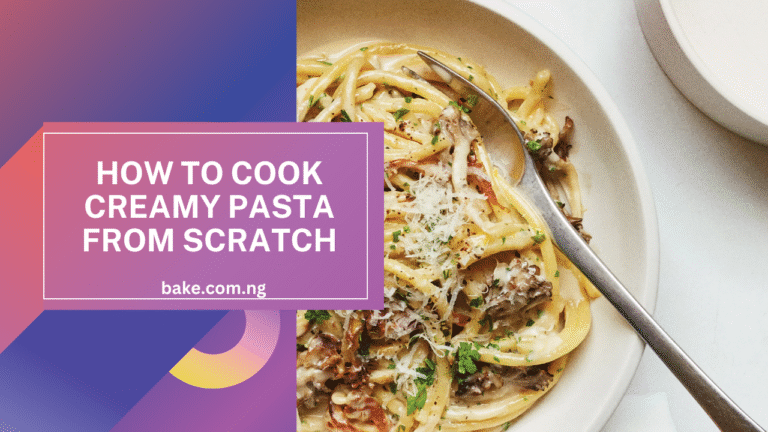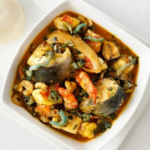Acne is more than just a cosmetic issue—it’s a signal that your body might be reacting to internal imbalances, many of which are directly influenced by what you eat.
If you’ve tried every cleanser, serum, and spot treatment without success, perhaps it’s time to look inward—specifically, to your diet.
In this comprehensive guide, we’ll explore how to use food as your ally in the fight against acne. This 30-day acne-free diet plan is not just about avoiding certain foods; it’s about nourishing your skin from within. Let’s dive in.
Why Diet Matters in Acne Management
Research increasingly supports the connection between diet and skin health. Certain foods can trigger inflammation, hormone imbalances, and spikes in insulin levels—all of which can lead to acne. On the other hand, a nutrient-rich diet can support hormone balance, gut health, and detoxification—critical elements for clear skin.
The Foundation of an Acne-Free Diet
Before we get into the 30-day plan, here are the key dietary principles that will form the foundation:
Eliminate or Reduce:
- Refined Sugar: Causes insulin spikes, leading to increased sebum production.
- Dairy Products: Contains hormones and growth factors that can trigger acne.
- High-Glycemic Foods: White bread, sugary cereals, and pasta can contribute to breakouts.
- Processed Foods: Loaded with preservatives, bad fats, and chemicals.
- Excess Caffeine & Alcohol: Can stress the liver and dehydrate the skin.
Focus On:
- Whole, Plant-Based Foods: Fruits, vegetables, legumes, and whole grains.
- Healthy Fats: Omega-3 rich foods like flaxseeds, walnuts, and salmon.
- Hydration: Water, herbal teas, and detoxifying drinks.
- Probiotic-Rich Foods: To support gut health (think yogurt alternatives, sauerkraut, kimchi).
- Antioxidants: Berries, green tea, and dark leafy greens to fight free radicals.
Week-by-Week Acne-Free Diet Plan
Week 1: Cleanse & Reset
Goals: Eliminate major acne triggers and begin hydration.
Sample Daily Routine:
- Breakfast: Green smoothie (spinach, cucumber, banana, flaxseed, unsweetened almond milk)
- Lunch: Quinoa salad with avocado, kale, chickpeas, and lemon-olive oil dressing
- Dinner: Baked sweet potato with steamed broccoli and grilled tofu
- Snacks: Apple slices with almond butter, carrot sticks, herbal tea
Tips:
- Drink at least 2-3 liters of water daily.
- Avoid processed snacks, soda, and dairy.
- Journal your food and mood—it helps track changes.
Week 2: Gut & Hormone Support
Goals: Add foods that heal the gut and balance hormones.
New Additions:
- Fermented foods: kimchi, sauerkraut, kombucha (low sugar)
- Seeds: flaxseeds and pumpkin seeds (natural hormone balancers)
- Herbs: spearmint tea (reduces androgen levels)
Sample Meals:
- Breakfast: Oatmeal with flaxseeds, berries, and cinnamon
- Lunch: Lentil soup with whole grain crackers and sauerkraut side
- Dinner: Stir-fried tempeh with brown rice and bok choy
- Snacks: Greek yogurt alternative (coconut or almond based) with chia seeds
Tips:
- Introduce apple cider vinegar before meals to support digestion.
- Get 7-9 hours of quality sleep to help hormone regulation.
Week 3: Boost Antioxidants & Detox Pathways
Goals: Enhance the body’s natural detox systems and fight oxidative stress.
Focus Ingredients:
- Cruciferous vegetables: broccoli, cauliflower, kale
- Citrus fruits: lemons, limes, oranges
- Green tea and matcha
- Turmeric and ginger
Sample Meals:
- Breakfast: Chia pudding with turmeric, banana, and blueberries
- Lunch: Buddha bowl (brown rice, steamed kale, avocado, pickled beets, tahini dressing)
- Dinner: Grilled salmon with roasted cauliflower and a spinach salad
- Snacks: Cucumber slices with hummus, green tea
Tips:
- Try dry brushing or light exercise to aid lymphatic drainage.
- Include a 12-hour overnight fast to support detox.
Week 4: Radiance & Maintenance
Goals: Maintain healthy habits and prepare for long-term success.
New Additions:
- Superfoods: spirulina, maca root, moringa
- Fresh herbs: cilantro and parsley (heavy metal detox)
- Homemade smoothies and soups to pack in nutrients
Sample Meals:
- Breakfast: Spirulina smoothie with mango, spinach, and hemp seeds
- Lunch: Zucchini noodles with avocado pesto and cherry tomatoes
- Dinner: Grilled chicken or tempeh with roasted vegetables and quinoa
- Snacks: Trail mix (pumpkin seeds, walnuts, goji berries), herbal infusions
Tips:
- Stick to the 80/20 rule: 80% clean, 20% flexible.
- Reflect on improvements: clearer skin, better digestion, more energy.
Important Supplements to Consider (Consult Your Doctor First)
- Zinc: Reduces inflammation and bacterial growth.
- Vitamin A (from food sources): Helps normalize skin cell production.
- Probiotics: Support gut flora balance.
- Omega-3 Fish Oil or Algae Oil: Reduces inflammation.
Lifestyle Factors That Complement Your Acne-Free Diet
Stress Management
- Practice yoga, deep breathing, or mindfulness meditation daily.
Sun & Sleep
- Aim for 15–20 minutes of natural sunlight daily (for vitamin D).
- Sleep 7–9 hours to allow the body to repair and regenerate.
Avoid Touching Your Face
- Keep your hands clean and off your face to reduce bacterial transfer.
Before & After: What to Expect in 30 Days
| Timeline | Expected Improvements |
|---|---|
| Week 1 | Less bloating, better digestion, reduced inflammation |
| Week 2 | Fewer breakouts, improved energy, clearer mind |
| Week 3 | Noticeable glow, reduced redness, more consistent skin texture |
| Week 4 | Smoother, clearer skin with fewer new breakouts |
Final Thoughts: A Holistic Approach to Skin Health
Achieving clear skin isn’t about finding a magic product—it’s about aligning your internal health with your external goals. The 30-day acne-free diet plan is a sustainable, holistic approach that prioritizes nourishment over restriction. Remember, consistency is key.
Every bite you take is either feeding your glow or fueling your breakouts. Choose wisely. And give your skin what it really wants: balance, nourishment, and love—from the inside out.








